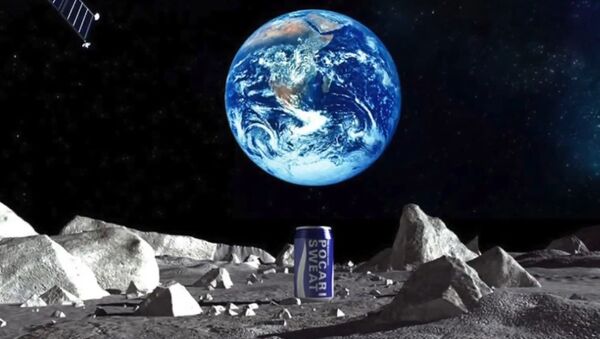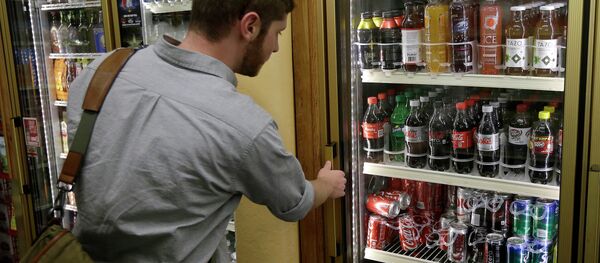The grapefruit-flavored soft drink has gained popularity across Asia and the Middle East as a sports beverage which supplies consumers with nutrients and electrolytes lost during exercise.
I'm going to get withdrawal symptoms from this stuff when I leave. Pocari Sweat, we've gone through a lot together ❤️ pic.twitter.com/2TWbRGnwnz
— Hannah Kentish (@hpkentish) August 10, 2015
— 自分は、きっと想像以上だ。新CM「Sing」篇がオンエアスタート!第1弾「Jump」篇で大人たちに応援され、眠っている力を開花させた主人公(中条あやみさん)。第2弾では、新しい自分に目覚めた彼女が、周りの高校生たちを鼓舞していき…
Posted by ポカリスエット on Friday, July 3, 2015
To achieve its astro-ad, the company has designed a one-kilogram titanium can specially suited for space travel. Filled with a powdered version of Pocari Sweat, the drink is expected to be delivered to the moon in late 2016. Space X, the US-based space exploration firm, is in charge of transportation. A rover designed by Atrobotic will carry the can to Bürg crater, where it will remain indefinitely.
According to Pocari Sweat, the goal is to inspire kids to become astronauts, fly to the moon, find the abandoned can, and…drain it, of course.
Get Ready for Ads on the Moon. Starting with this Japanese Sports Drink http://t.co/BzMxwSNCxk pic.twitter.com/YJc1tt53ZN
— Towleroad (@tlrd) August 17, 2015
Of course, to make the lunar, powdered variety of Pocari Sweat potable, future astronauts will have to know how to extract oxygen from the moon’s surface and create water. Known as “basic chemistry,” NASA hopes to have achieved that essential process by 2018.
Anyone can submit his or her text message using mobile phone.
While one would expect the unique ad concept to be fairly costly, the price tag won’t reach stratospheric rates, USA Today noted. The estimated cost of “dropping that can on the moon” will still fall drastically short of the $8 million rate of a one-minute Super Bowl ad.
While Pocari Sweat may be a pioneer in lunar advertising, space commercials are hardly new. An Israeli milk producer filmed an ad on a Russian space station in 1997 and Pizza Hut delivered specially-sealed pizzas to the International Space Station in 2001.



